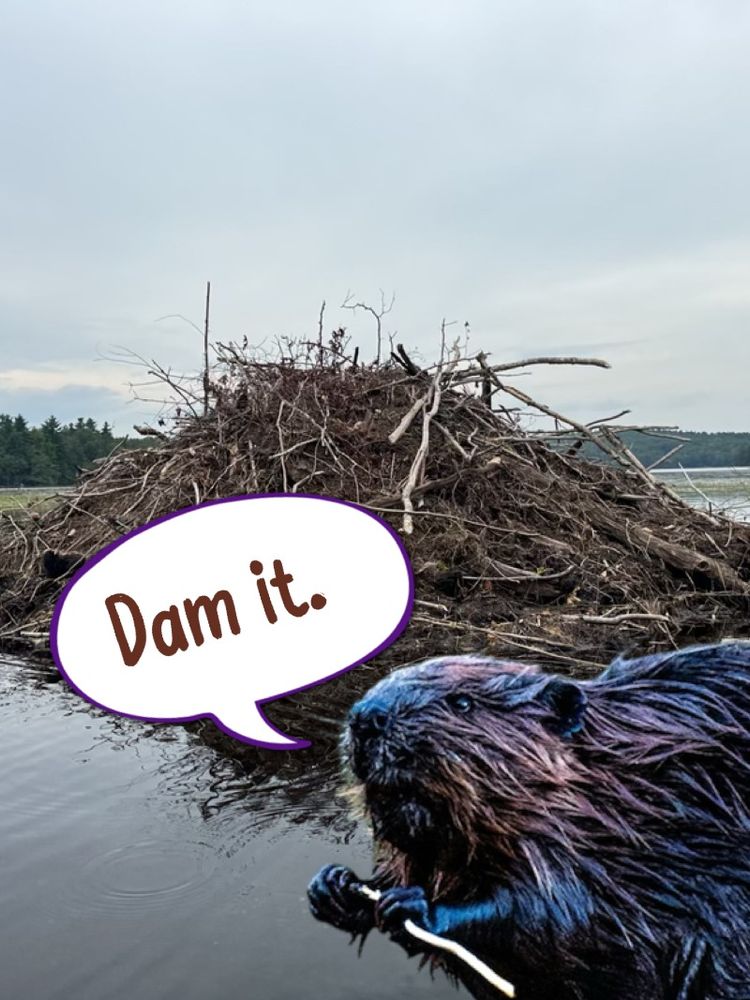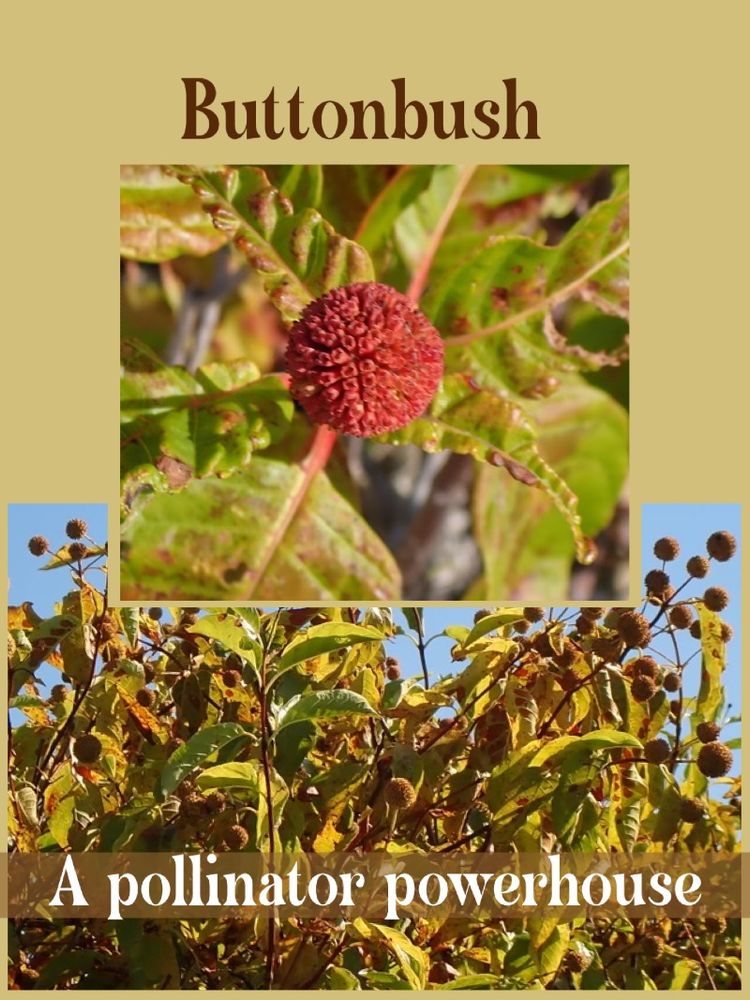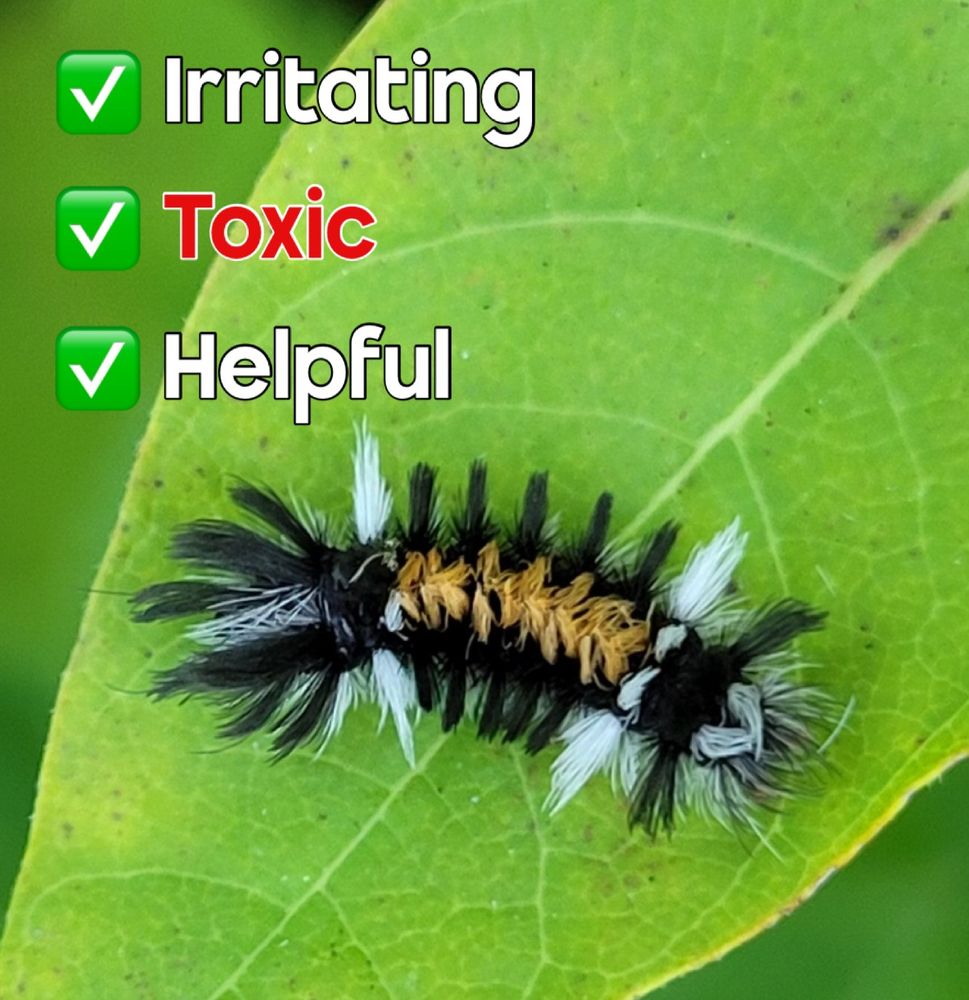
Massachusetts Urban Conservancy
@massconservancy.bsky.social
6 followers
1 following
56 posts
The Massachusetts Urban Conservancy builds public awareness of the need for biodiversity.
Posts
Media
Videos
Starter Packs




























